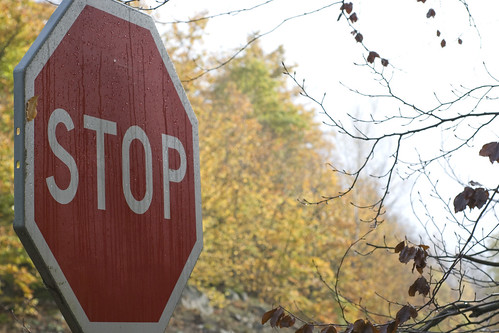This post is a copy of a news article I wrote for a local webzine in Dubai:
There is a very interesting new website that I am involved with. It is part of the StackExchange network of Question and Answer sites, and it is all about bicycles and cyclists.
The idea is, if you have a question about what headset fits your 2006 Scott Addict at 3am, when all of the Wolfi’s mechanics are off in dreamland, log on and ask. I’ve yet to have a question come up with no answers.
One of the questions I was asked this morning was this one:
The answers varied, and the questioners’ purpose for looking at aero wheels was not particularly effective, but he got answers and discussion that pointed him in the right direction.
It also pointed me at the subject of this issue’s Gearbox column:
What makes a wheel a good wheel?
For the purposes of this discussion, the definition of good is “best suited to its purpose”, and assumes the additional definition of “doesn’t make me sell a kidney to own it.”
Using that definition, we have to first look at the purpose of a wheel. So what is the purpose of a wheel? How do we benefit from the differences in wheel categories available for our beautiful machines? And what are those categories?
First the options:
Training wheels:
This is the everyday option. The workhorse wheel. Strong, and relatively cheap, these are the wheels that come stock on your average bike.
Climbing wheels:
These wheels have one purpose. To go fast, uphill. To feel light and nimble on the climb, and to make you feel more powerful and more efficient as you take that first HC ascent. They are designed to pull as much weight as is possible in toward the hub of the wheel, and reduce the rotating mass at the edge of the rim. This allows you to get up to speed faster, as you have less of a lever distance between your directly driven hub, and the mass it is pushing.
Translation: Faster starts and easier to maintain speeds.
Aero wheels:
The last general category of wheels is the aero wheel. These wheels are specialists’ wheels. They are made to reduce the drag on your bike and your body to the minimum possible, and shave seconds off your final time.
This is the wheel for the aspiring Time Trialist, or Triathlon geek. This is the wheel for the guy who wants to “win” the Friday morning local club ride, just for the bragging rights.
The shape of a the rim and the depth of the sidewall are the two primary characteristics of a wheel designed for its aerodynamics.
This video shows the flow of air around the shape of the Zipp 1080 front wheel.
As you can see, the Firecrest shape directs the airflow into a wedge shape, which allows the bike and the rider to rest inside the wedge. That’s not a perfect analogy, nor does the “wedge” completely eliminate air resistance. But that is the basic idea.
All aero wheels work with a version of this idea behind their design.
So how do you decide what wheels are best for you?
The first step is to determine your purpose for looking at a new wheel.
Are you a racer?
Do you run Triathlons, or Time Trials?
Do seconds matter on your ride, even if it’s just to be sure your best buddy doesn’t get to Starbucks with his wheel in front of yours?
Do you have flat, open terrain and smooth roads that will allow you to really benefit from a good aerodynamic wheel? (In Dubai, the answer to that last one is yes.)
Then perhaps the aero wheel is for you.
Do you ride when you travel? Would you like to? Do you often visit more mountainous areas of Europe or the Americas?
Have you ever wanted to see the view from the Col du Tourmalet as you top it’s crest?
Then maybe the right choice is a good climbing wheel, like the Xentis Squad 2.5, or the Zipp 303 Tubular.
Choosing the right set of wheels is a personal choice, and one with no “right” answer. It is a matter of finding the best wheel for your purpose, your budget and your bike.
One of the coolest trends we are seeing with new product coming into the new year is the idea of integrating aerodynamic shapes and benefits into all-arounder type bikes. A road bike like the Scott Foil or the Felt AR Zero gives a majority of the advantage of a traditional aero frame, with the body position and the stability of a club racer.
A bike that is stable enough for the average rider to use on his local group ride, and snappy enough off the line to be a Pro Tour bike, while simultaneously gaining near perfect aerodynamics?
Sign me up. And throw in a set of those Xentis Squad 5.8 Carbon clinchers while you’re at it.
See you next time.




